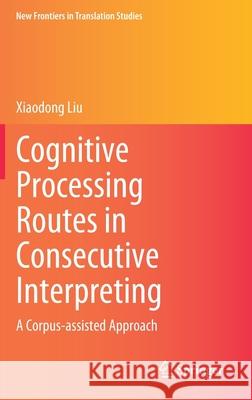Cognitive Processing Routes in Consecutive Interpreting: A Corpus-Assisted Approach » książka
topmenu
Cognitive Processing Routes in Consecutive Interpreting: A Corpus-Assisted Approach
ISBN-13: 9789811635472 / Angielski / Twarda / 2021 / 180 str.
Cognitive Processing Routes in Consecutive Interpreting: A Corpus-Assisted Approach
ISBN-13: 9789811635472 / Angielski / Twarda / 2021 / 180 str.
cena 443,82
(netto: 422,69 VAT: 5%)
Najniższa cena z 30 dni: 424,07
(netto: 422,69 VAT: 5%)
Najniższa cena z 30 dni: 424,07
Termin realizacji zamówienia:
ok. 22 dni roboczych
Dostawa w 2026 r.
ok. 22 dni roboczych
Dostawa w 2026 r.
Darmowa dostawa!
Kategorie:
Kategorie BISAC:
Wydawca:
Springer
Seria wydawnicza:
Język:
Angielski
ISBN-13:
9789811635472
Rok wydania:
2021
Wydanie:
2021
Numer serii:
000475668
Ilość stron:
180
Waga:
0.43 kg
Wymiary:
23.39 x 15.6 x 1.27
Oprawa:
Twarda
Wolumenów:
01
Dodatkowe informacje:
Wydanie ilustrowane











